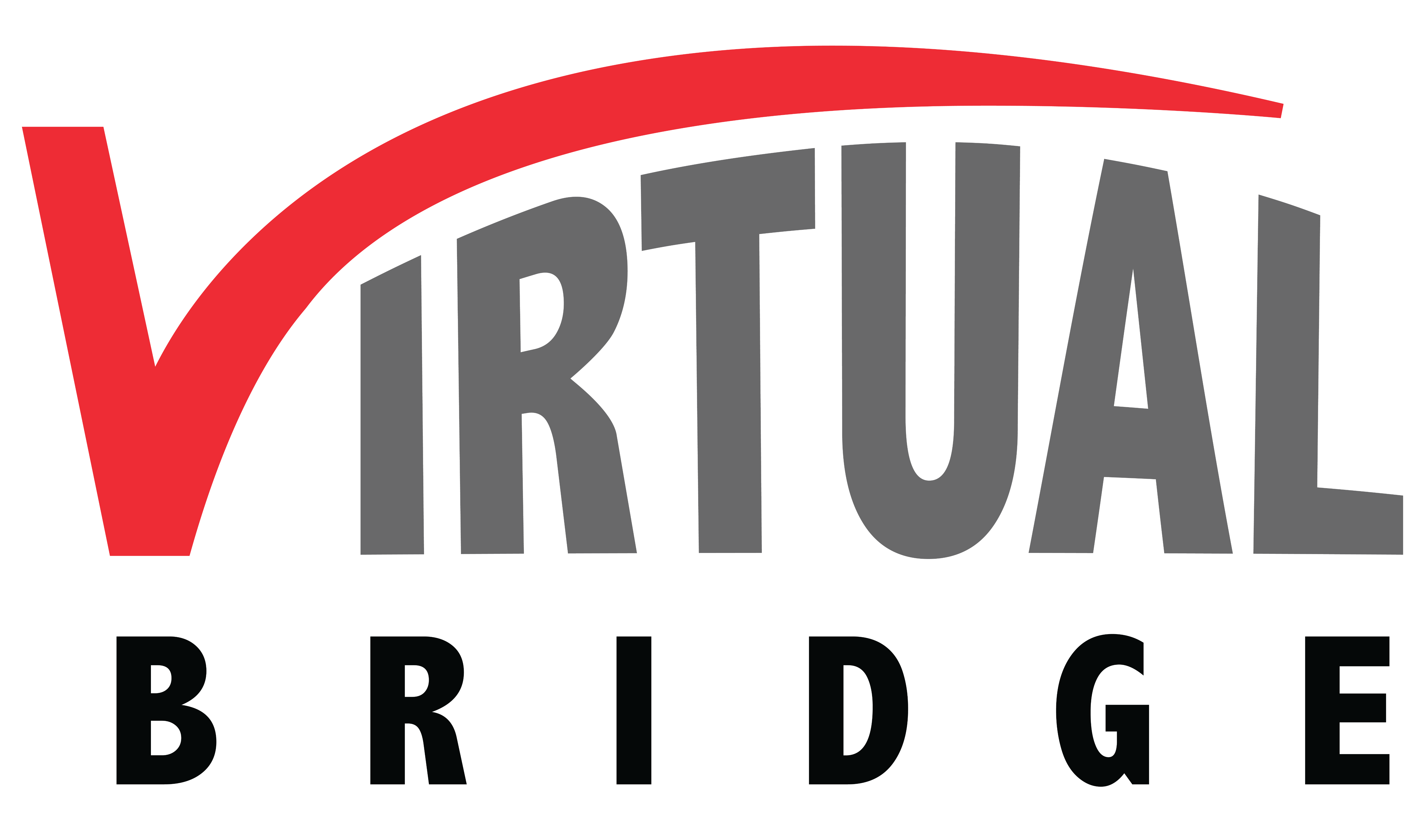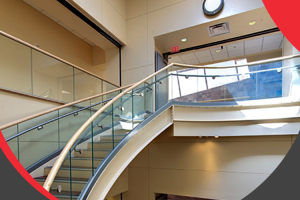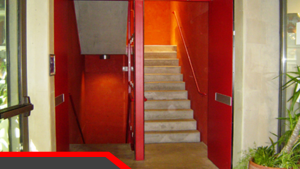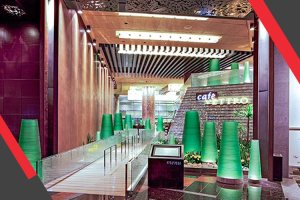
Vision walls are a great way to improve communication and collaboration in your office space. They have become an increasingly popular choice for office spaces in recent years. But what are they, and why are they so popular?
In this blog post, we will answer all of your questions about vision walls! We’ll discuss the different types of vision walls available, how to choose the right frame for your needs, and the benefits of having a fire-rated vision wall. Plus, we’ll give you some tips on how to install your vision wall in no time!
First, let’s start with…
What are fire-rated vision walls and why do you need them?
Vision walls are the key to making a room safe. They make it easier to see what’s going on inside a room, and they also serve as a safety measure in case of fire.
They are used in commercial and industrial buildings to help reduce the spread of fire by separating two or more separate spaces or rooms. They’re typically used when there are limited exits or other means of escape from the building, such as stairwells.
In a residential building, these walls can be used to separate rooms or spaces that are not shared by all residents. They’re also used when there is a need for sound control or privacy. You may want to use them if you share space with a roommate or family member who has different sleeping habits than yours.
What are the different types of frames available?
Vision walls come in a variety of frame styles and materials, including aluminum, steel, and stainless steel. These frames are available in various sizes, ranging from small frameless frames for countertops to large framed structures that cover entire walls.
However, the following two types are widely used in the industry:
1. Fire Protective
A fire-protective wall is a type of glass wall that has been specifically designed to withstand high temperatures. These walls are often used in kitchens and bathrooms because they provide safety for the occupants in case of a fire. Fireproof walls can be made using different types of materials, including glass, polycarbonate, or acrylic.
These frames are typically used in high-rise buildings that have many occupants and high levels of natural light exposure. They also provide excellent thermal resistance and do not require additional insulation between the framing members.
2. Fire resistive
Fire-resistant vision walls are constructed from non-combustible materials such as brick, concrete, or steel and offer greater fire resistance than most other types of vision walls. They are often used in high-rise buildings that have large floor plates and do not require a great deal of natural light.
This type of vision wall is also extensively used in parking garages, as it provides excellent thermal resistance and does not require additional insulation.
How to choose the right frame for your vision wall?
The right frame for your vision wall can make a huge difference in its performance. Here’s what to look for:
1. Think about context. Will you be able to see the entire product? How much of it will you be able to see at one time?
2. Consider the use of the vision wall and what it’s used for; this will help you choose the right frame size, shape, and material.
3. Consider how often you’ll use the vision wall; if it’s going to be used frequently, consider a frame that can withstand heavy traffic or even use a sealant that helps prevent dust and dirt from getting into the frame.
4. Consider the space in which you’re going to use the vision wall; if it’s a high-traffic area, consider a frameless glass or plastic option that won’t get damaged easily.
What are the benefits of having fire-rated vision walls?
Vision walls are a great way to achieve communication and safety in your building. They can be made from a variety of materials, but in this article, we’re going to talk about fire-rated vision walls.
A vision wall is a wall that divides areas of a building. It’s commonly used in offices, but can also be used in other places such as factories, warehouses and schools. Vision walls are often used to separate different departments within a building or business so that people can easily see which areas they need to go through to reach their destination.
There are many benefits of having a fire-rated vision wall:
They provide privacy
When you have multiple people working together in an open office environment, it can get distracting to see what everyone else is doing all day long! Having privacy for one person is much easier than trying to block out the noise from everyone else’s conversations.
They help create an atmosphere of safety
Having clear boundaries between different areas helps create an atmosphere of safety for those who work in that space by making sure employees know where they need to go at all times. This makes employees feel more secure about their surroundings and reduces distractions from outside noises so they can focus on their work.
They create personal space for everyone
Everyone has different needs when it comes to their workspace. By blocking off areas of an office, you can ensure that each employee has their own area where they can feel comfortable and safe. This helps foster a sense of community between coworkers and allows them to collaborate more effectively by having designated meeting rooms or quiet spaces where conversations can happen without being interrupted.
How to install a fire-rated vision wall in your office space?
Vision walls are a great way to add texture and dimensional interest to your office space. They can be used for visual organization, as a backdrop for displays or as simple privacy dividers. Installing fire-rated vision walls can be expensive, but it’s important to do it right the first time.
Here’s an overview of how to install them in your office space so you can get the best results possible.
1. Measure and mark your wall. Use a ruler to measure the height of your vision wall and mark it on the wall at both ends. Use a level to make sure that the marks are perfectly horizontal.
2. Cut the panels to size. You can do this with an electric saw or use a mitre box and hand saw if you prefer manual labour!
3. Install mounting brackets on each end of the vision wall panels, using screws that are long enough to go through both pieces of drywall (about 2 inches).
4. Attach the panels to the wall using a level, making sure that they are perfectly straight and parallel with each other.
5. Secure them permanently by screwing in screws that are long enough to go through both pieces of drywall (about 2 inches).
Vision walls are an excellent way to improve communication and collaboration in your office space. By following these tips, you can ensure that your vision wall is installed correctly and will last for many years to come!
In Closing
If you’re looking to improve communication and collaboration in your office space, vision walls are a great choice! In this blog post, we’ve covered everything you need to know about them, from the different types of frames available to how to choose the right one for your needs. We’ve also given you some tips on how to install your fire-rated vision wall.
If you need any further assistance then feel free to talk to our representative at Virtual Bridge Contracting. We’ll be more than happy to help you create the perfect office space for your needs!





